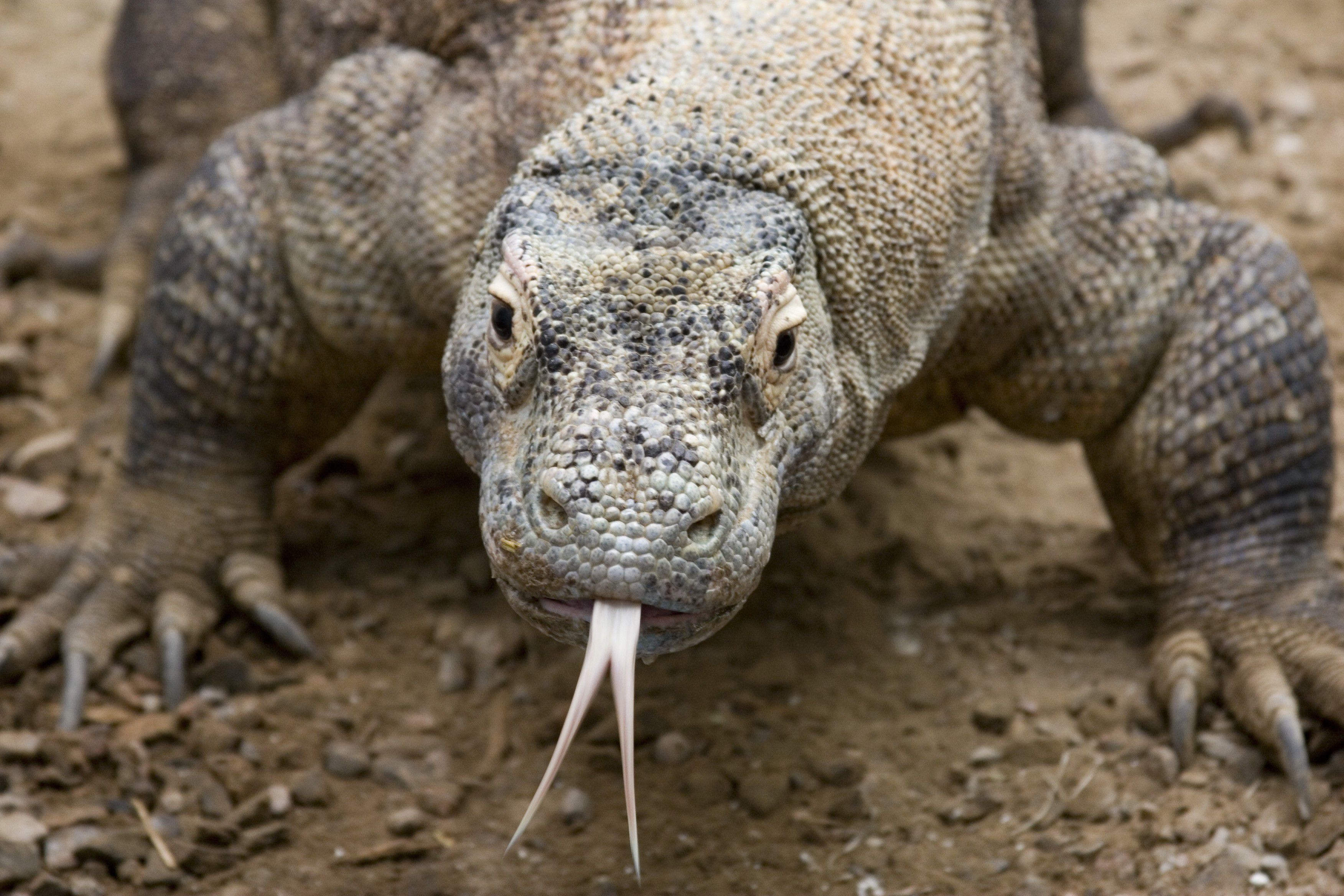
Holes in the crate allow keepers to give Murphy bits of food as a reward to reinforce his good behavior. They can place the crate on a scale and ask Murphy to climb in to be weighed or use the crate to transport him to the veterinary hospital. One of their main tools is a large crate that stays in Murphy’s habitat, where it has become a familiar object. Keepers can’t pick up a huge and potentially dangerous lizard like Murphy, so they train him to participate in his care. Training Timeįood is also useful for training.

“Their teeth are curved back,” explains Neff, “and the back curve is serrated, designed to tear or rip off pieces of meat from larger carcasses.” Onyx eats small items like mice, chicks, hard-boiled eggs and small chunks of meat right now, but keepers will introduce large food items as he grows. Like many reptiles, a Komodo dragon’s teeth are not built for chewing. He swallows most of his food whole or uses his teeth to saw off pieces of larger food. Murphy eats frozen-thawed mice, rabbits, guinea pigs, chicken, beef, oxtail, herring, tilapia and more. Here at the Zoo, keepers feed Murphy and Onyx a variety of foods to satisfy their carnivorous appetites. If it’s food, they have to eat it,” says Neff. “They don’t know when their next meal is coming. This type of cannibalism is not unusual among reptiles. If the scent of a meal is stronger on one side of the tongue, the Komodo dragon knows to head in that direction.Īdult males may even prey upon small, juvenile dragons when given the opportunity, which is one of the main reasons Komodo dragons live in trees for the first few years of their lives. Then, they touch their tongue to the roof of their mouth, where the Jacobson’s organ analyzes the scent molecules. Like snakes, they use their long, forked tongues to sample scents from the air. Though Komodo dragons will hunt using their keen observational skills, they mostly rely on smell and taste. “They really rely on their sense of smell which can help detect rotting flesh from miles away,” says Neff.


They will feed on almost any easy meal, such as a small rodent that wanders by or the carcass of a dead animal. Komodo dragons are opportunistic hunters.
:max_bytes(150000):strip_icc()/GettyImages-637650476-6ef244bb2ce548d1b92e8556877b6210.jpg)
In the wild, a full-grown adult can take down prey as large as a water buffalo, but that kind of attack is rare. “They’re not like marathon runners, but they can move decently fast and in short bursts,” explains Neff. Komodo dragons can move quickly despite their long, heavy bodies.


 0 kommentar(er)
0 kommentar(er)
